Eleven years ago I read an amusing book called Going, Going, Gone: Vanishing Americana that catalogued the long march of obsolescence through postwar America. It occurred to me as I opened my medicine cabinet this morning that the time had come for someone to publish a new book on the same subject. To that end, here are a few of the things I no longer use, do, or see….
Read the whole thing here.



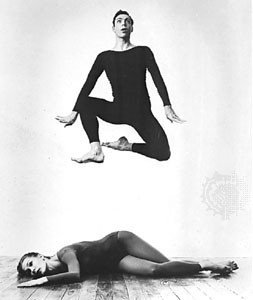 For a long time I used to go see the
For a long time I used to go see the 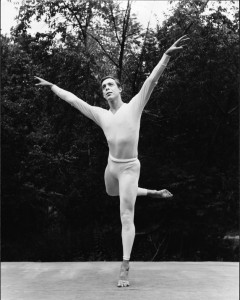 Flash forward to January, when Mrs. T and I went to a
Flash forward to January, when Mrs. T and I went to a 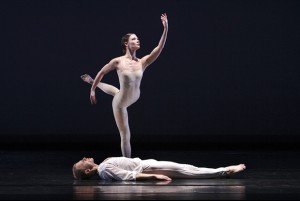 I was hit especially hard by Beloved Renegade, a 2008 dance inspired by the words of Walt Whitman that is set to Francis Poulenc’s Gloria, one of my favorite pieces of postwar classical music. As is Taylor’s frequent wont, the dance is darker than the music that acccompanies it. It is, in fact, a valedictory statement by a man who turned seventy-eight not long before he made it. Not only does Taylor quote from Aureole and Esplanade in Beloved Renegade, but he also evokes one of the most celebrated tableaux in George Balanchine’s Serenade, another dance masterpiece that is, like Beloved Renegade, touched by the shadow of death.
I was hit especially hard by Beloved Renegade, a 2008 dance inspired by the words of Walt Whitman that is set to Francis Poulenc’s Gloria, one of my favorite pieces of postwar classical music. As is Taylor’s frequent wont, the dance is darker than the music that acccompanies it. It is, in fact, a valedictory statement by a man who turned seventy-eight not long before he made it. Not only does Taylor quote from Aureole and Esplanade in Beloved Renegade, but he also evokes one of the most celebrated tableaux in George Balanchine’s Serenade, another dance masterpiece that is, like Beloved Renegade, touched by the shadow of death. 
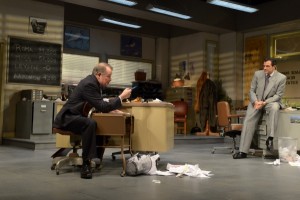 The management clearly shared my concerns, since the program contains the following full-page warning: THIS PRODUCTION CONTAINS STRONG PROFANITY THROUGHOUT. But that hasn’t stopped Maltz Jupiter from delivering the goods: J. Barry Lewis’ exhilaratingly full-blooded staging is paced to perfection—each and every F-bomb hits its target—and gratifyingly well cast….
The management clearly shared my concerns, since the program contains the following full-page warning: THIS PRODUCTION CONTAINS STRONG PROFANITY THROUGHOUT. But that hasn’t stopped Maltz Jupiter from delivering the goods: J. Barry Lewis’ exhilaratingly full-blooded staging is paced to perfection—each and every F-bomb hits its target—and gratifyingly well cast….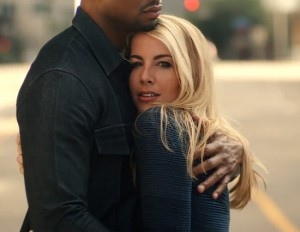 Morgan James agrees. Even though she recently cut a superb new album of her own, “Hunter,” she rushed back into the studio last month to tape a passionate tribute to D’Angelo and his band, the Vanguard, that she has released not commercially but as a YouTube video. “The more I dig into ‘Black Messiah,’ the more I think D’Angelo and the Vanguard have made the best rock album in addition to the best R&B album,” Ms. James recently tweeted. So she’s paid homage to its protean creator by recording gorgeously sung, arrestingly individual cover versions of the 12 songs on “Black Messiah,” all of them done in a single day and accompanied only by the guitar of Doug Wamble….
Morgan James agrees. Even though she recently cut a superb new album of her own, “Hunter,” she rushed back into the studio last month to tape a passionate tribute to D’Angelo and his band, the Vanguard, that she has released not commercially but as a YouTube video. “The more I dig into ‘Black Messiah,’ the more I think D’Angelo and the Vanguard have made the best rock album in addition to the best R&B album,” Ms. James recently tweeted. So she’s paid homage to its protean creator by recording gorgeously sung, arrestingly individual cover versions of the 12 songs on “Black Messiah,” all of them done in a single day and accompanied only by the guitar of Doug Wamble….